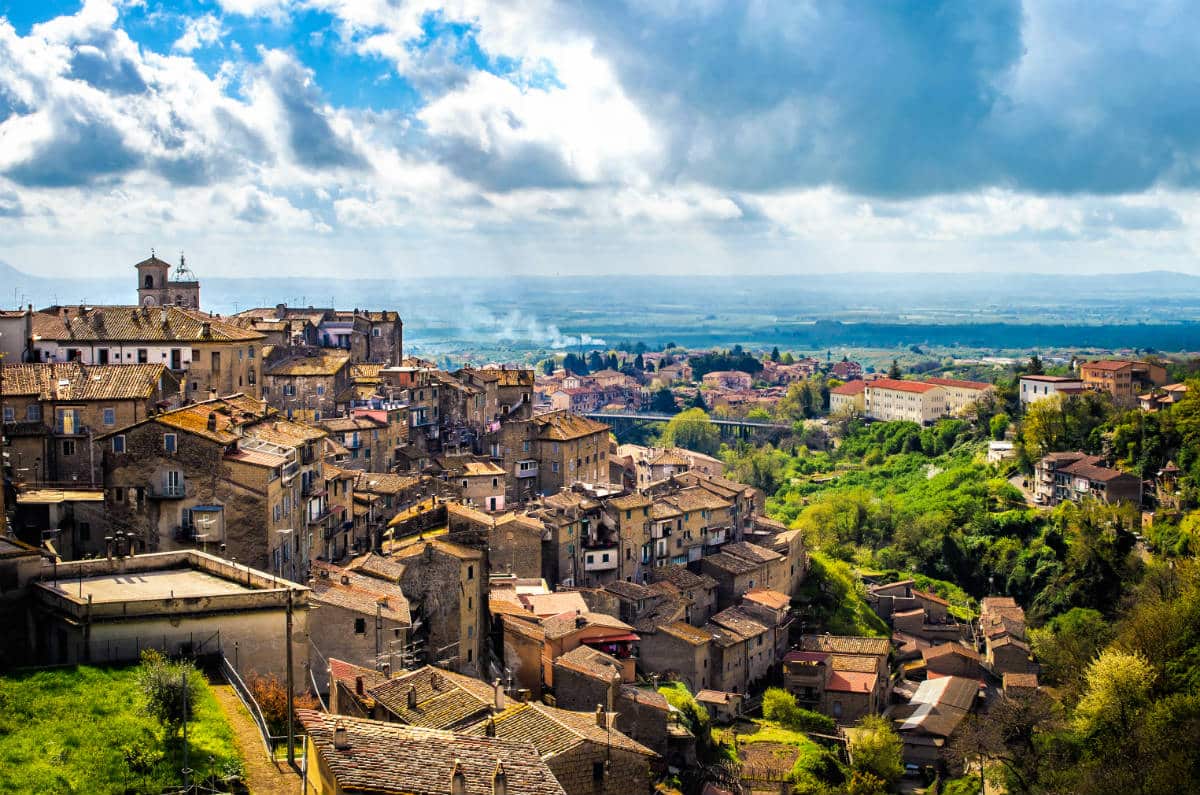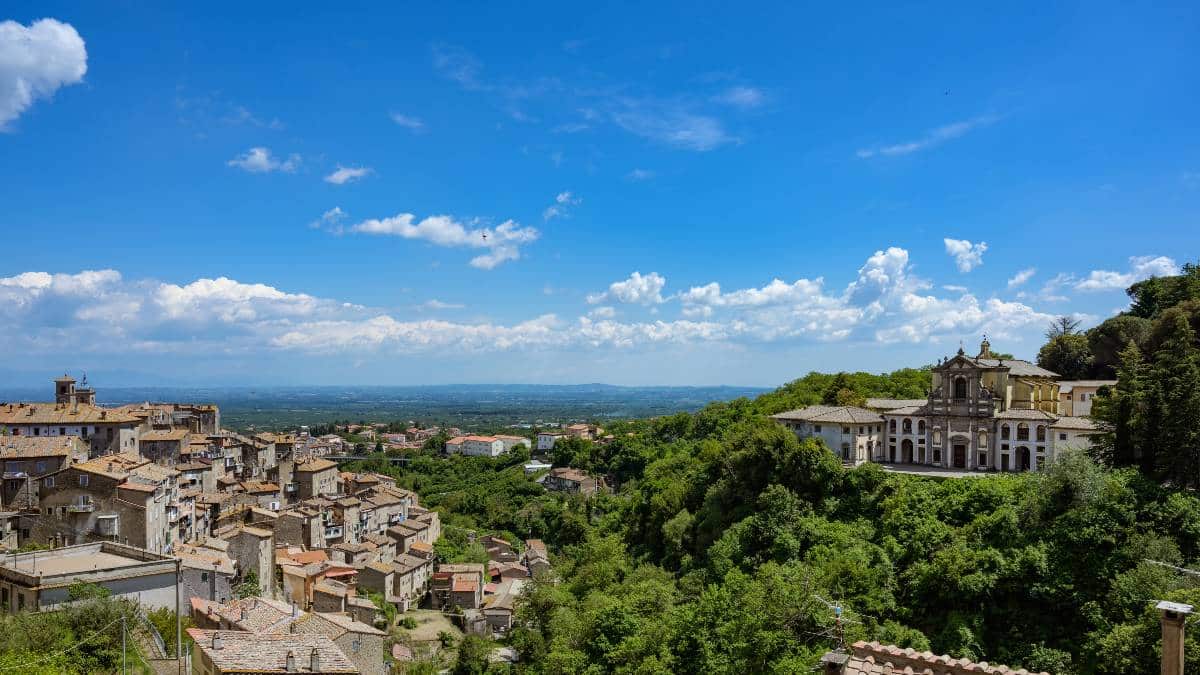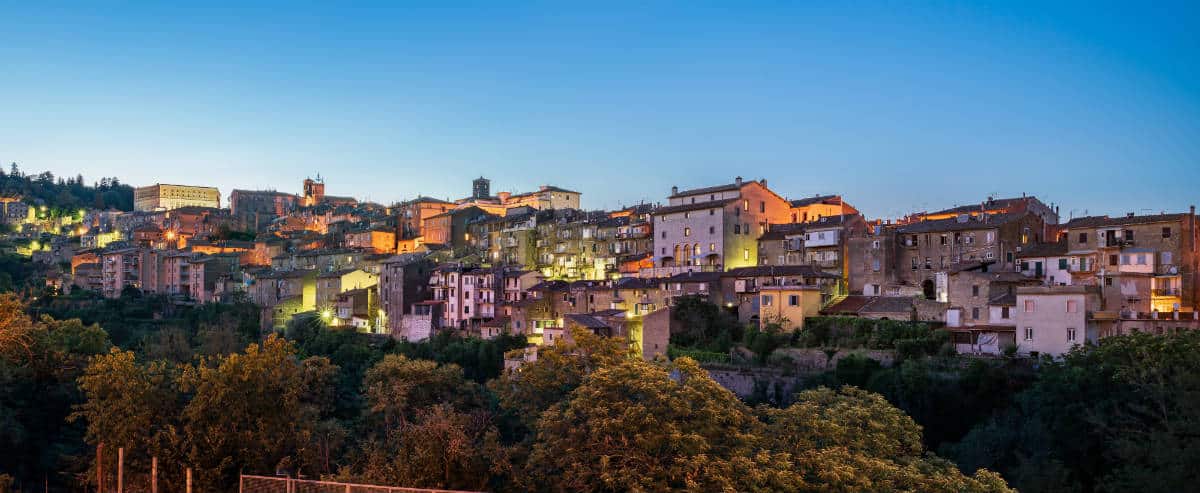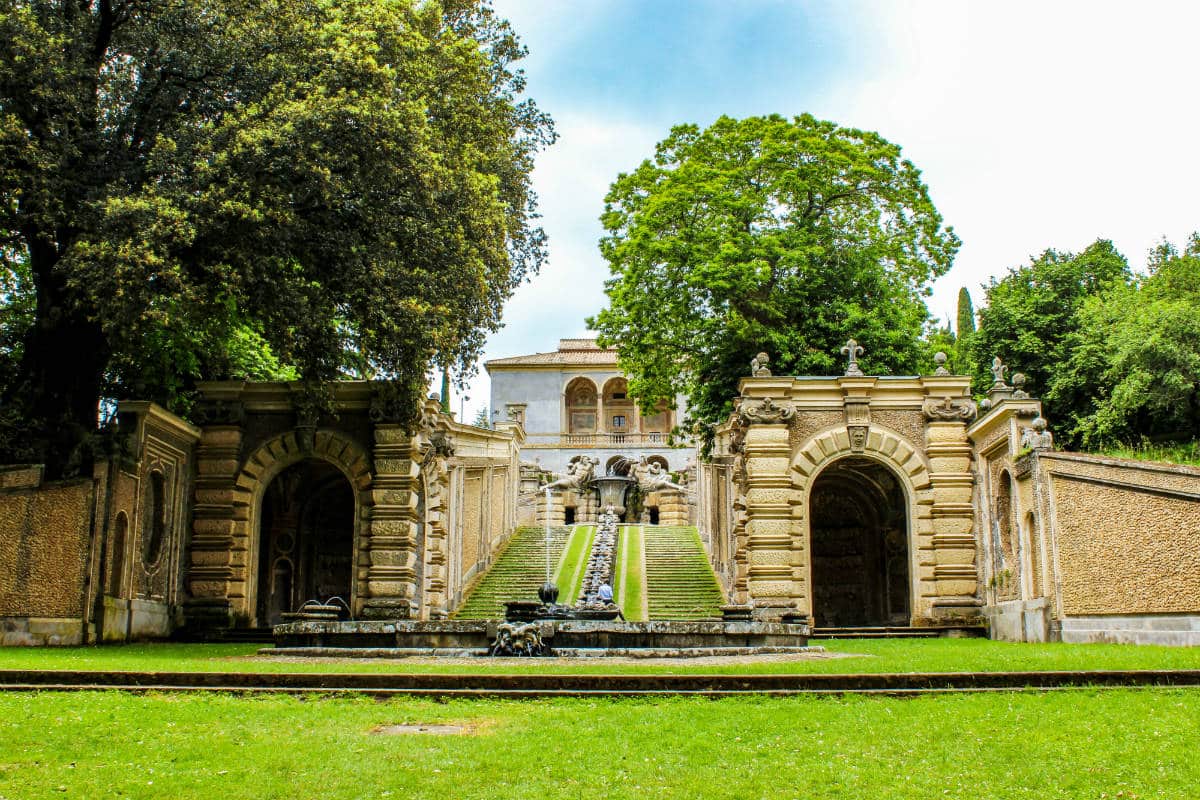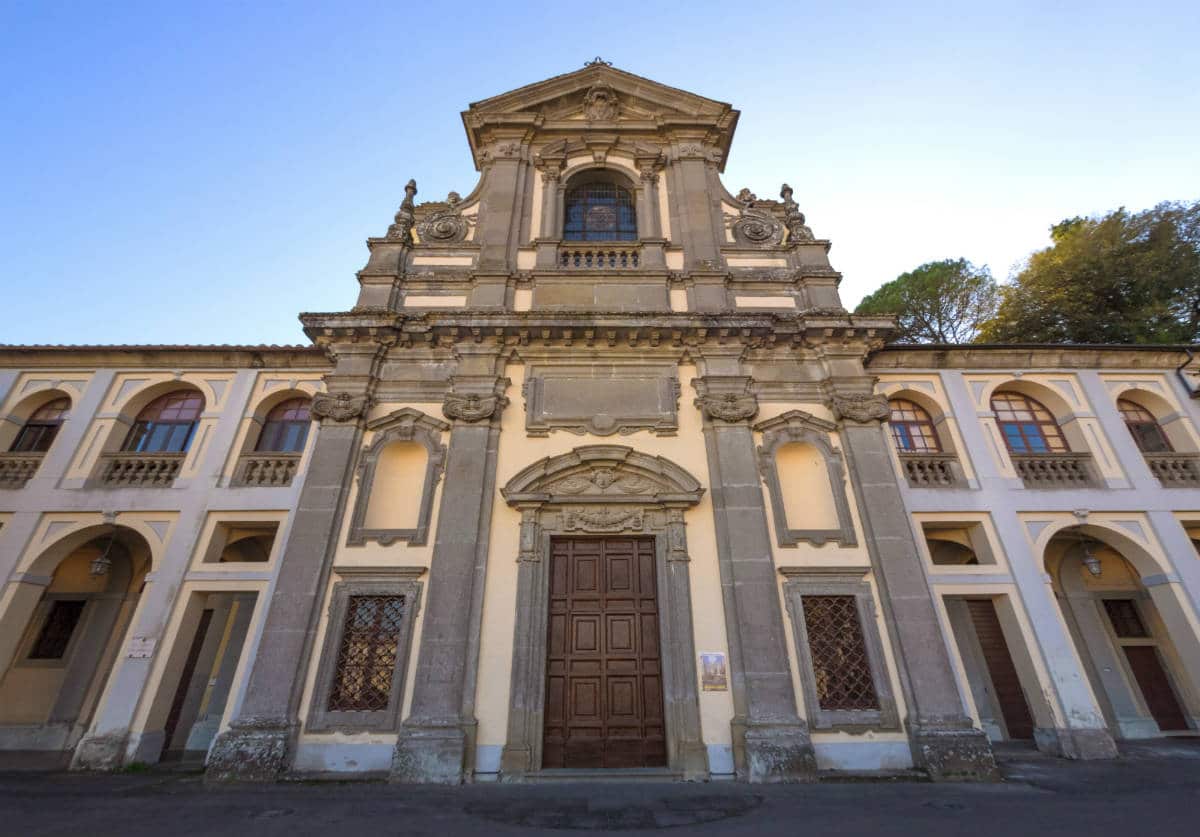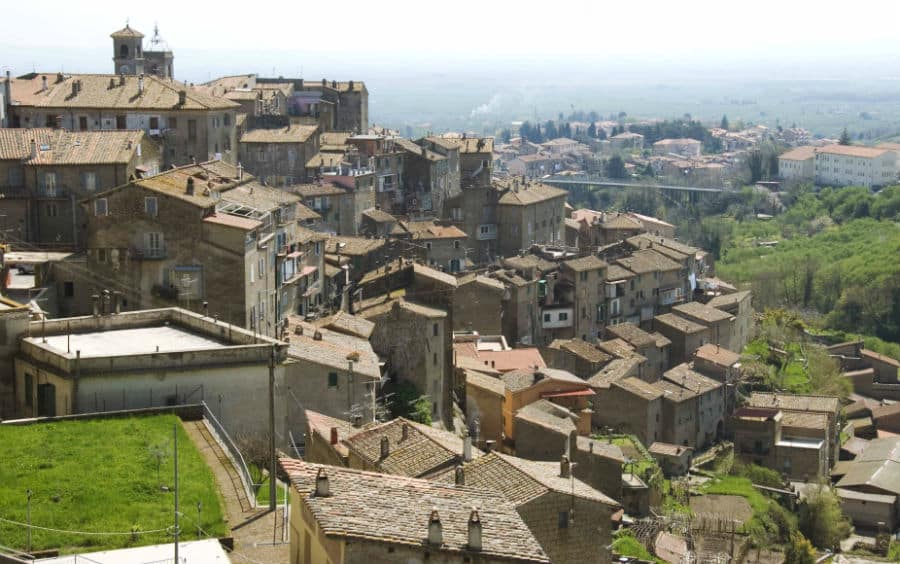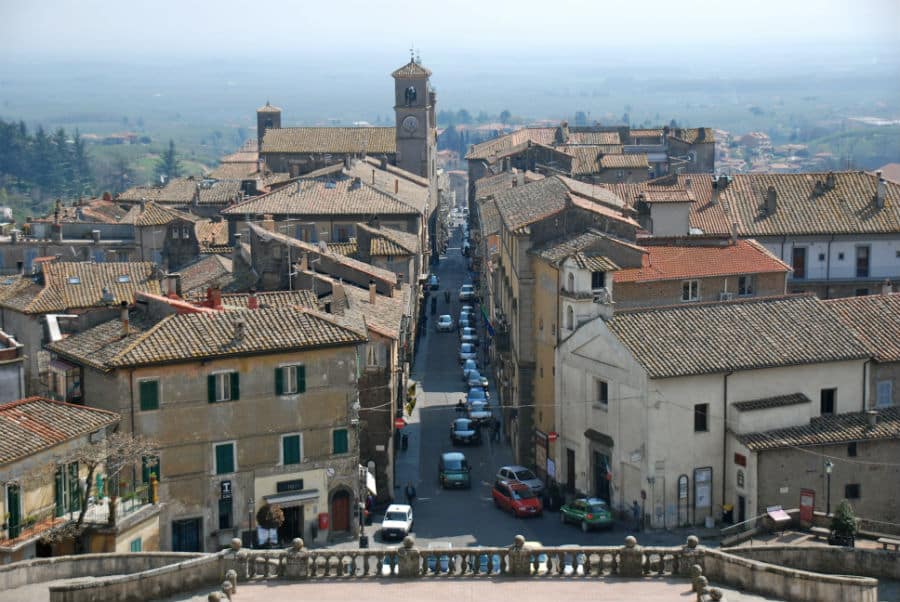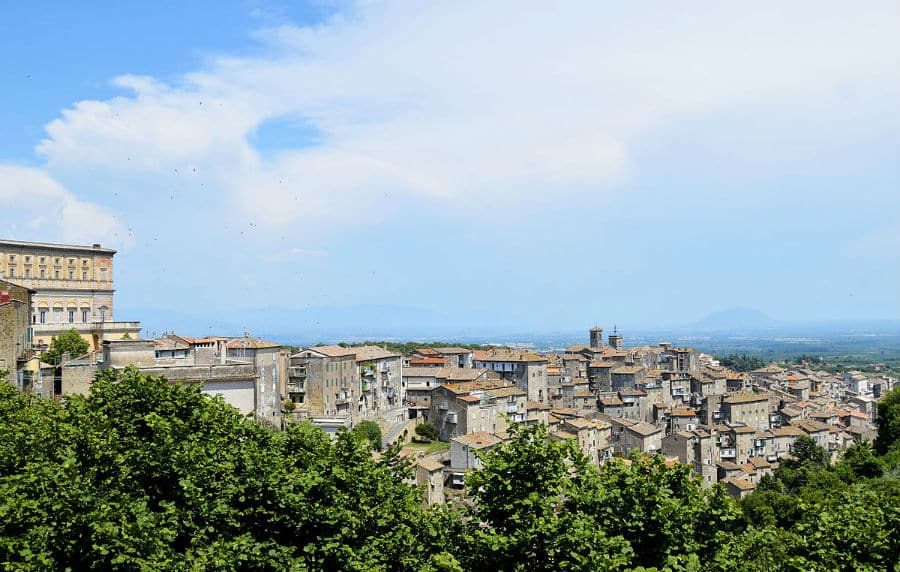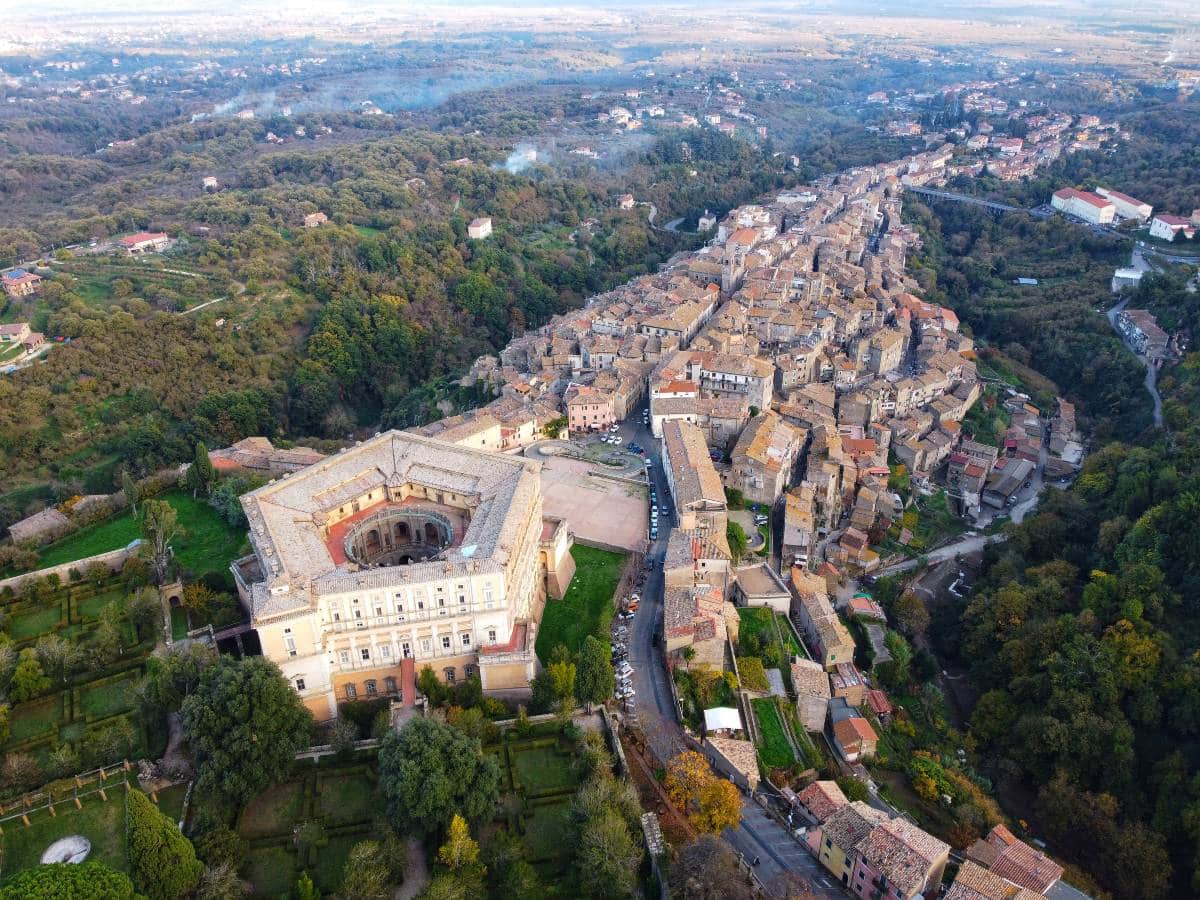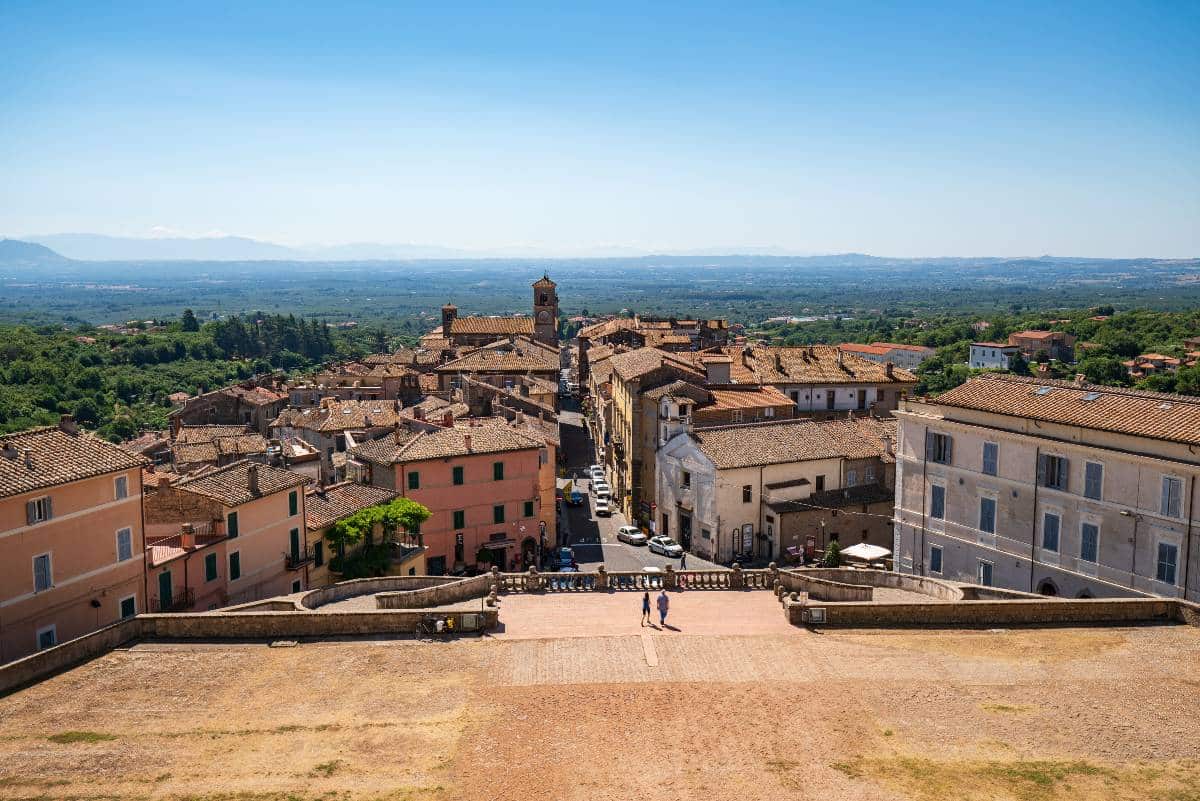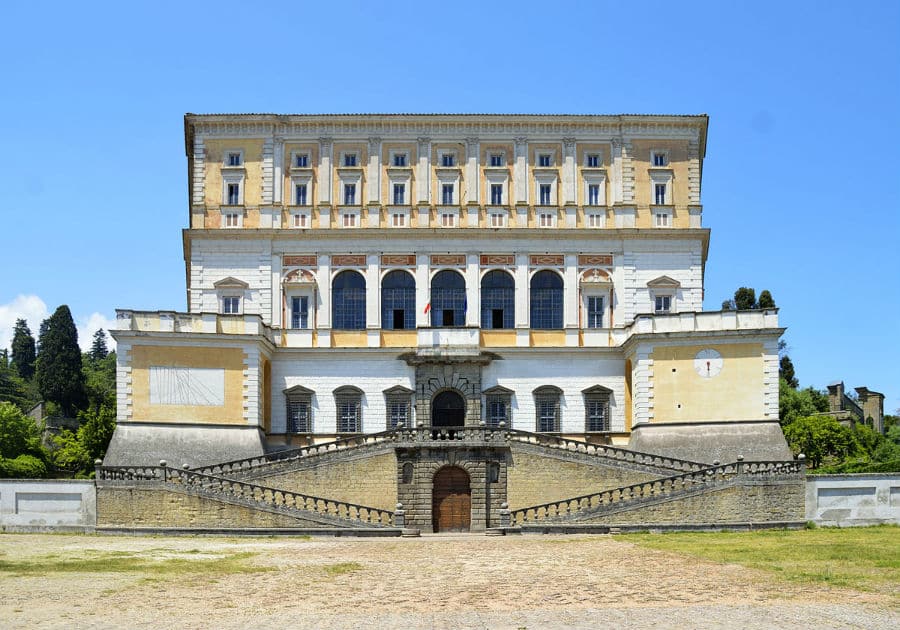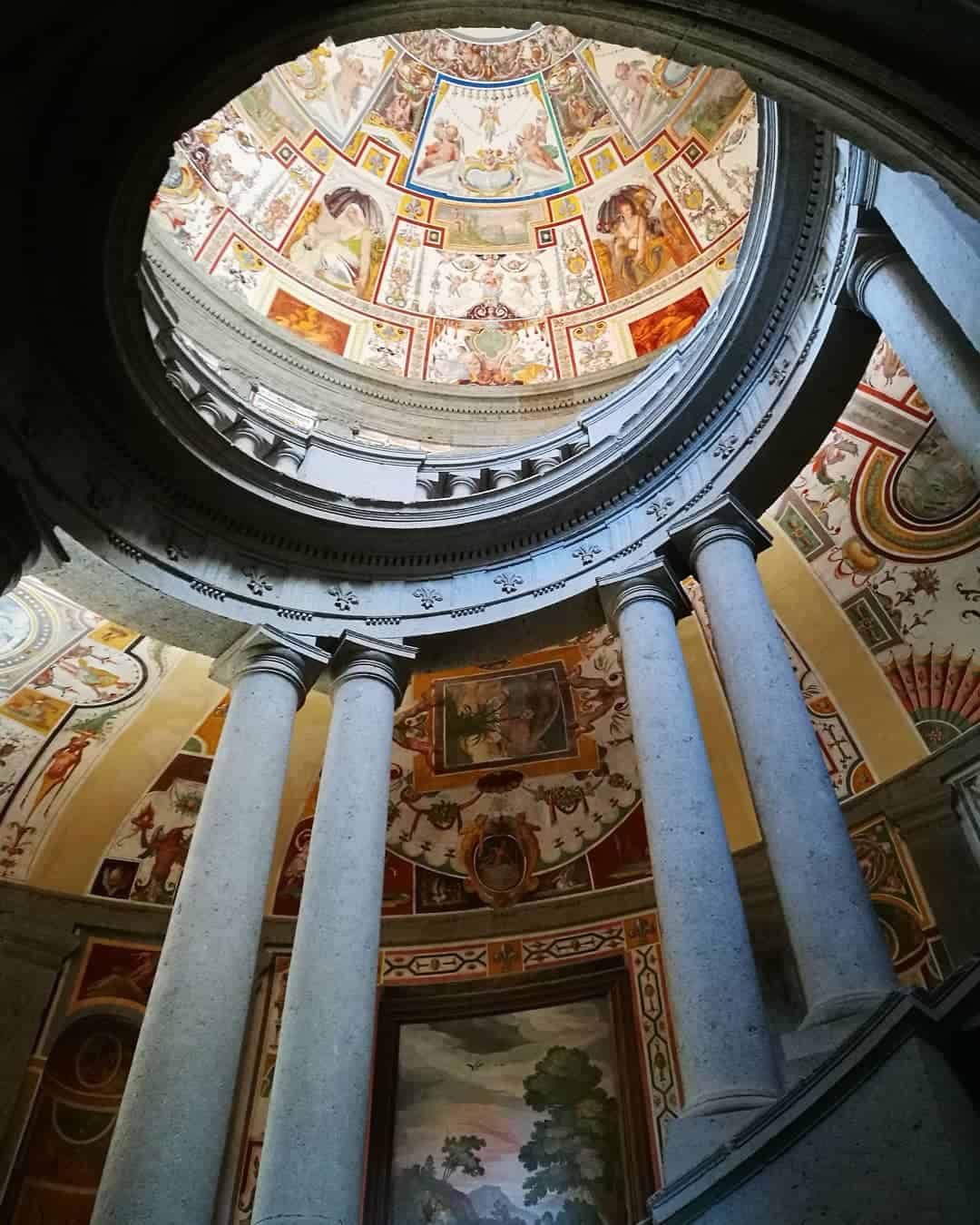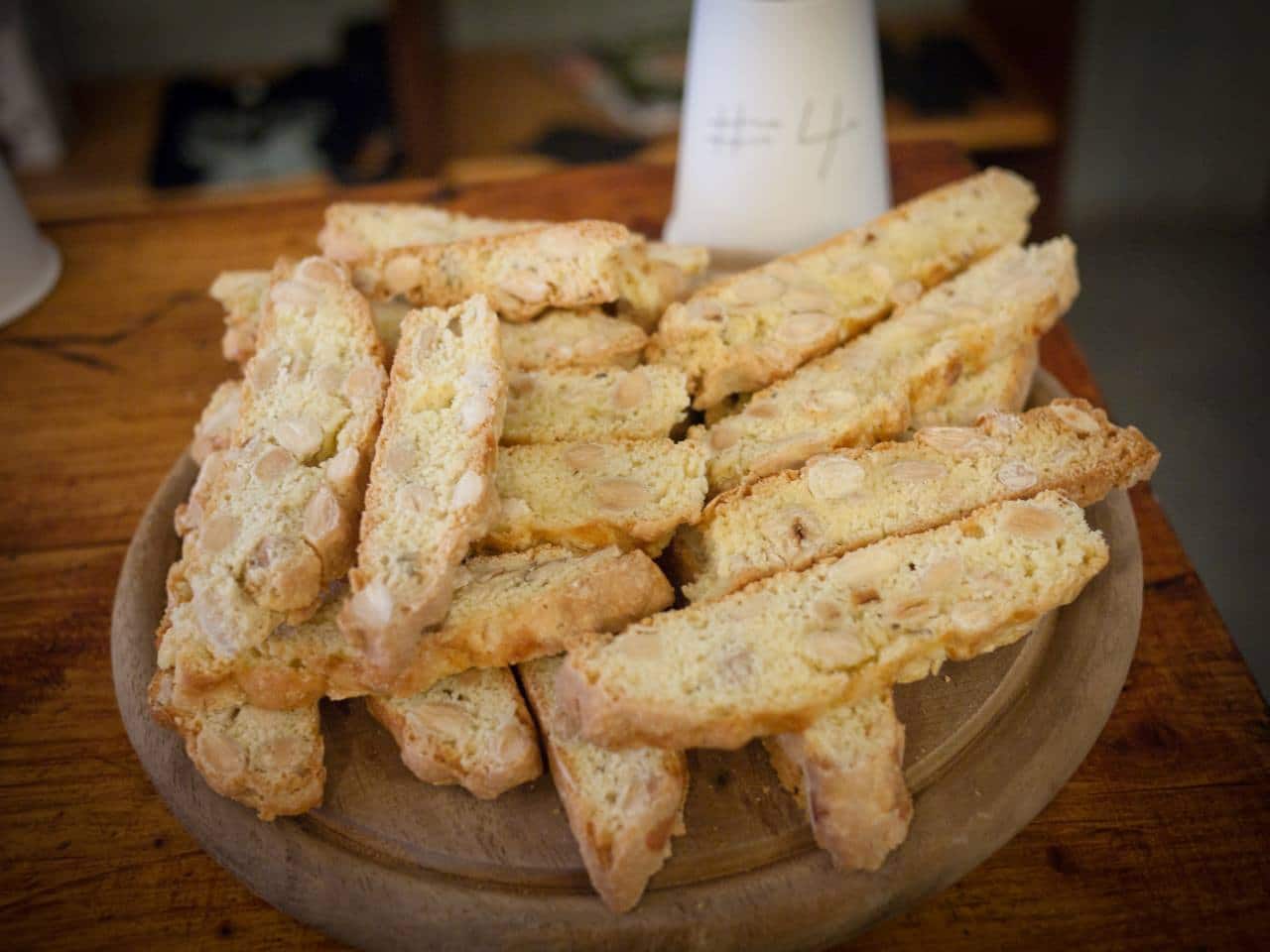Perched on a tufaceous spur Caprarola is placed between the consular roads, now state roads, Cassia and Flaminia. Despite being immersed in the ancient Etruscan territory, Caprarola throws its roots in the epoch of the very latest in particular, we have the first news of the existence of stable settlements around the XI century, this, as happened also for Ronciglione, because of the Cimini Mountains anciently called selva Cimina and considered the territory impervious and impenetrable.
During the Middle Ages it was contended by several families feudatarie, in 1275 we have evidence that it was under the Orsini, but for a short time, the power passed in fact in a short time to the Prefects of Vico. From 1370, began a fight for control of these areas between the Prefects of Vico and the Counts of Anguillara. In 1435 fell under the jurisdiction of the Holy See. Five years later, in 1440, the feud was purchased by Count Everso Anguillara and to this family remained until 1465, the year in which the Pope Paul II confiscò all their goods. Toward the end of the XV century, Caprarola was entrusted to the vicariate to Riario-Della Oak, under the government of which the country began to flourish again and to populate. It was then in the sixteenth century who knew the maximum splendour, when the Farnese with the appointment to Pope Paul III of Cardinal Alessandro Farnese, and with the constitution of the duchy of Castro, greatly extended their dominion building sumptuous villas and castles.
In Caprarola was built the residence more representative of the level of wealth and power that this noble family reached, the Palazzo Farnese di Caprarola. During the Second World War, during the period subsequent to 8 September 1943 and to the german occupation, find refuge in the country the 24 members of the jewish family Roman Venetian. Guests of the Brunetti Family, the Venetian could enjoy for eight months of the solidarity of many inhabitants and local authorities until the liberation.
Caprarola represents one of urban examples more significant of the '500. The ancient medieval village was pierced for passing a spectacular straight track that from the foot of the hill salt bypassing gullies, partly filled and partly overcome with 2 bridges until you reach the square in front of the imposing Palazzo Farnese. Of great naturalistic interest, located to the west of Caprarola, Lake Vico is probably the best conserved among Italian lakes of volcanic origin. Included among the areas of particular naturalistic value of Lazio, between biotopes of considerable interest to vegetation in Italy and part of the Natural Reserve of Lake Vico, allows the development of the life of the numerous and rare species of animals. Formed by the filling of a volcanic crater has halved view the surface in the etruscan era with the construction of an underground canal crossing the mountain and throwing the waters of the lake in the walloon forming the Rio Vicano, has allowed to obtain a large amount of fertile land.
Thanks to the important production of hazelnuts, Caprarola is known for the traditional sweets based on hazelnuts, as the tozzetti, macaroons, pampepati and hazelnut cream to spread on bread or to garnish cakes.


